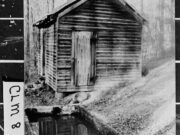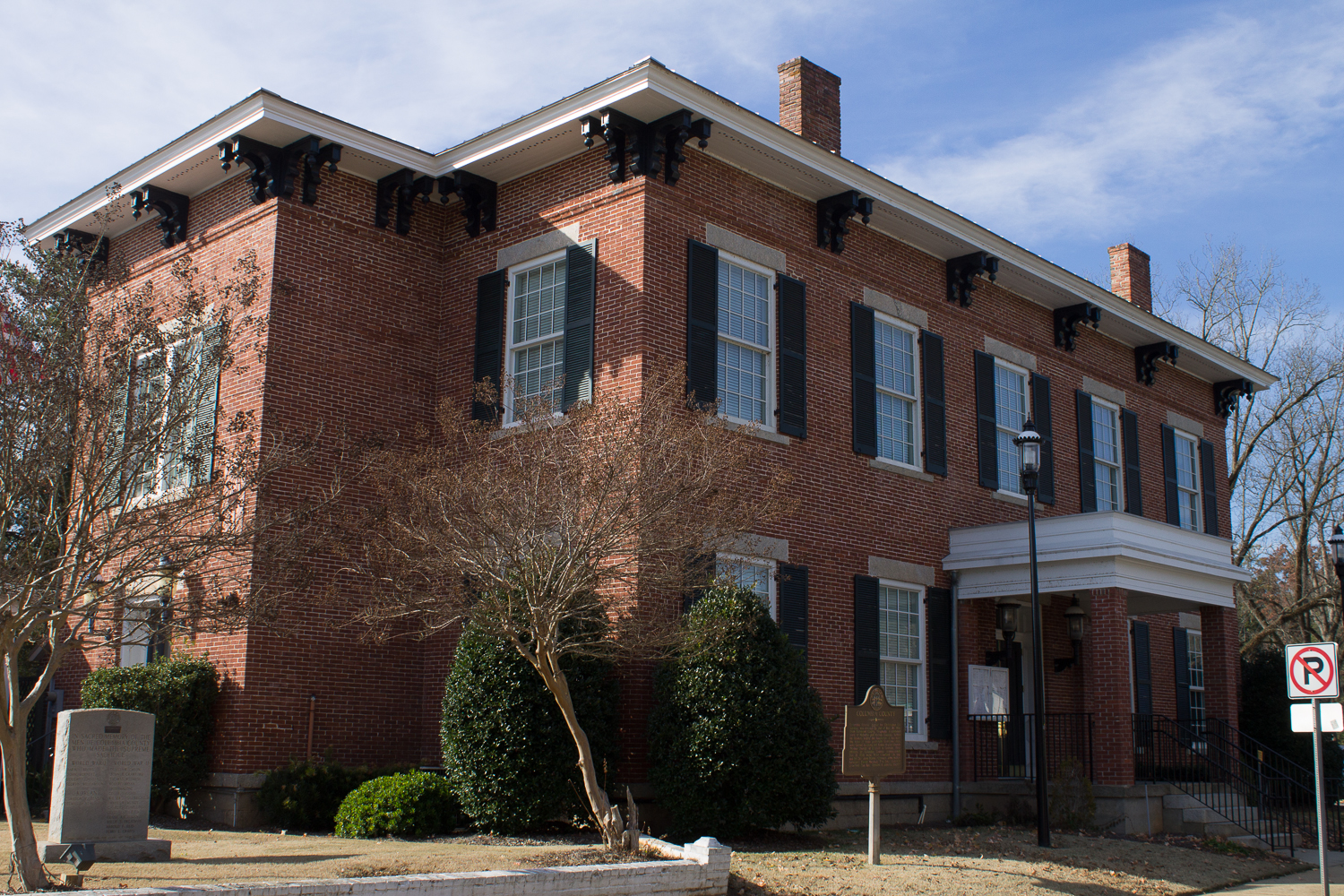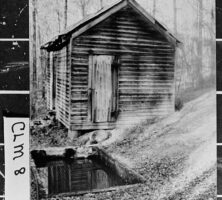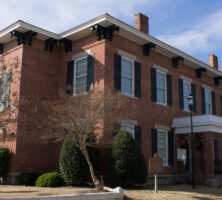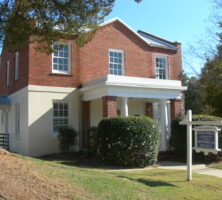Columbia County lies along the Savannah River in east central Georgia, bordering South Carolina just northwest of Augusta.
It was created by an act of the state legislature from a northern part of Richmond County on December 10, 1790. In the colonial era the territory that constitutes Columbia County was laid out as part of St. Paul Parish. Named for explorer Christopher Columbus, the county was created in response to a request by backcountry settlers that they be given court sessions that would be more convenient than those held in Augusta.
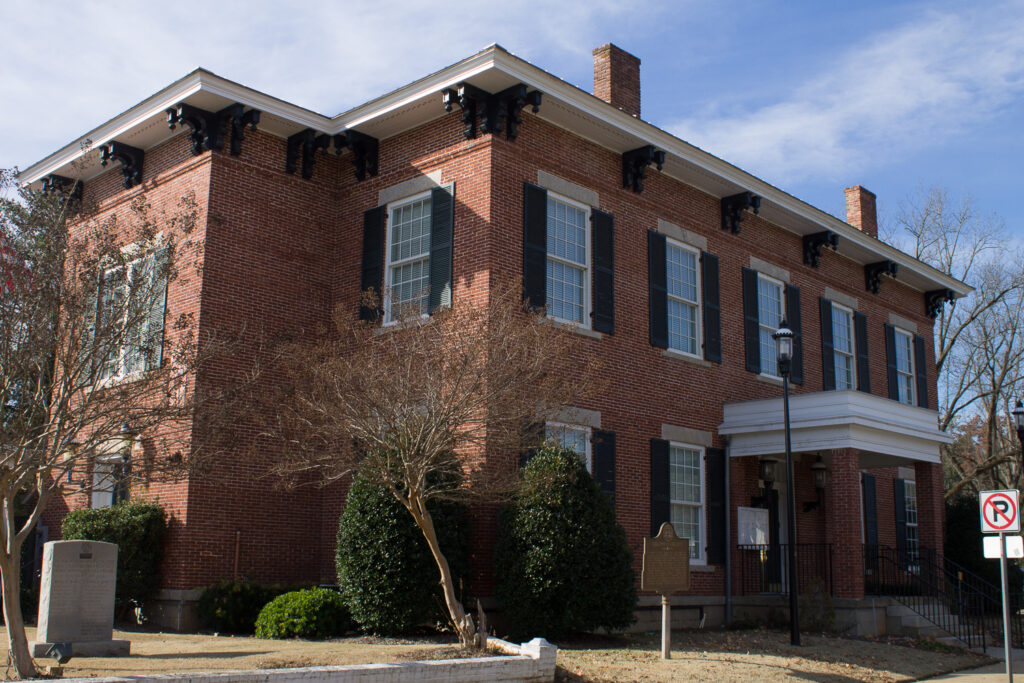
Columbia County provided several leaders in national affairs. Of the six delegates appointed to attend the constitutional convention in Philadelphia, Pennsylvania, in 1787, William Few Jr. and Abraham Baldwin were from the portion of Richmond County that became Columbia. Few and Baldwin were the only two Georgia delegates who signed to ratify the Constitution of the United States. Both later served in the U.S. Senate, Baldwin as president pro tempore under U.S. president Thomas Jefferson.
The earliest village in the county—Brandon—was founded around 1752. Brandon was abandoned sometime in the mid-1750s, although it appears on a 1779 map. The Quaker town of Wrightsborough was built on the same site in the 1760s, and William Bartram recorded a visit to that town in 1773.
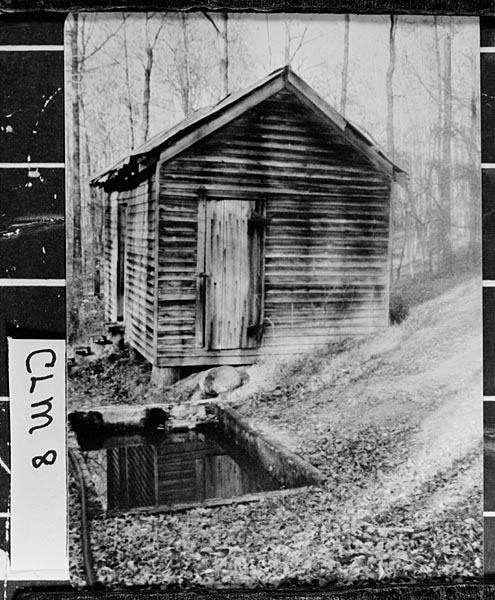
Both the oldest Baptist church in the state, Kiokee (established in 1772), and the third oldest, Abilene (established in 1774), were founded in what became Columbia County.
After the Georgia Railroad was laid through the county around 1834-36, new communities, such as the incorporated cities of Harlem and Grovetown, sprang up or began to flourish. The current county seat, Appling, was chartered in 1816 and was named for Colonel Daniel Appling, a War of 1812 (1812-15) hero from the Columbia County area. Appling is one of many inactive municipalities that lost their incorporated status by an act of the Georgia General Assembly in 1993.
In the 1850s thousands of acres in Columbia County were cotton plantations. Census records show that the county had an enslaved population of nearly 8,300, more than twice the white population.
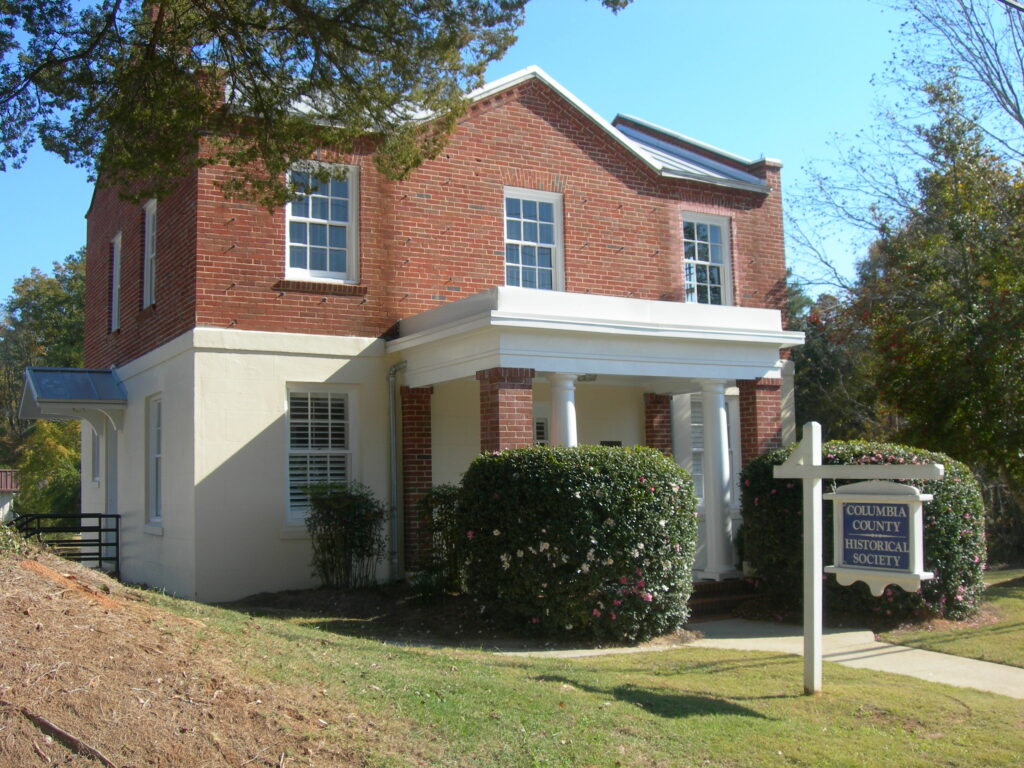
Columbia today is a bustling, fast-growing suburban county. According to the 2020 U.S. census, its population is 156,010, a significant increase over the 2010 population of 124,053.
There are more than thirty prehistoric sites in Columbia County. The most important, on Stallings Island, is a burial mound documenting a culture that flourished in the Archaic Period more than 4,000 years ago.


